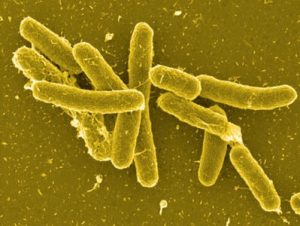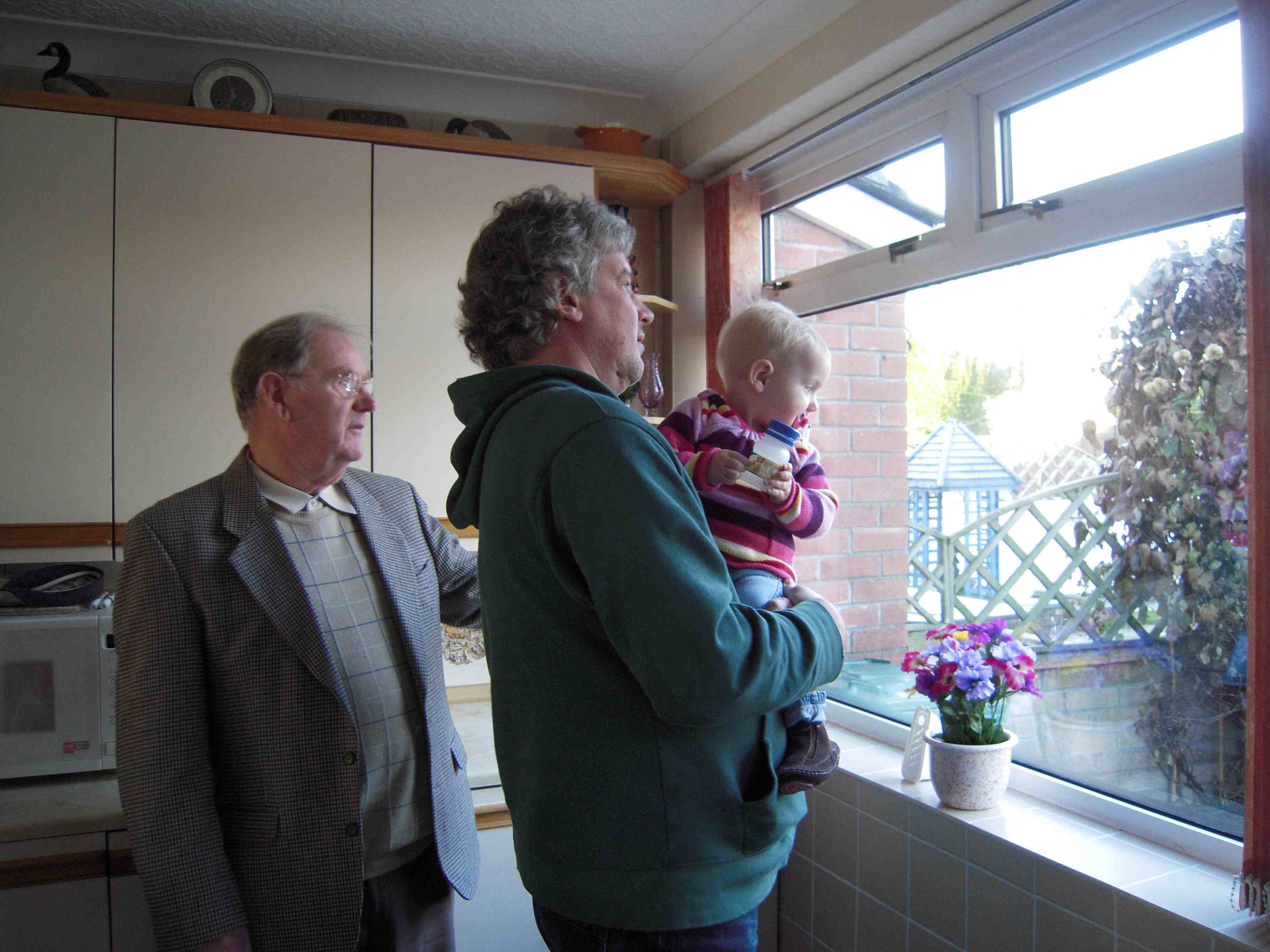I got weepy just thinking about Salmonella Newport in raw onions.
 The initial public fingering of red onions from Thomson International Inc.of Bakersfield, California, was done by the Canadian Food Inspection Agency (CFIA).
The initial public fingering of red onions from Thomson International Inc.of Bakersfield, California, was done by the Canadian Food Inspection Agency (CFIA).
Subsequently, the U.S. Food and Drug Administration (FDA), along with the U.S. Centers for Disease Control (CDC) announced they were investigating an outbreak of Salmonella Newport illnesses that had a similar genetic fingerprint to illnesses reported in this outbreak.
In Canada, as of August 2, 2020, there have been 120 confirmed cases of Salmonella Newport illness linked to this outbreak in the following provinces: British Columbia (43), Alberta (56), Saskatchewan (4), Manitoba (13), Ontario (2), Quebec (1) and Prince Edward Island (1).
Individuals became sick between mid-June and mid-July 2020. Seventeen individuals have been hospitalized. No deaths have been reported. Individuals who became ill are between 3 and 100 years of age. The majority of cases (56%) are female.
CFIA’s advice is do not eat, use, sell or serve any red, white, yellow, and sweet yellow onions from Thomson International Inc., Bakersfield, California, USA, or any products made with these onions. This advice applies to all individuals across Canada, as well as retailers, distributors, manufacturers and food service establishments such as hotels, restaurants, cafeterias, hospitals and nursing homes.
Onions grown in Canada are not affected by this advice.
On August 1, 2020, in the U.S., Thomson International, Inc. recalled all varieties of onions that could have come in contact with potentially contaminated red onions, due to the risk of cross-contamination. Recalled products include red, yellow, white, and sweet yellow onions shipped from May 1, 2020 to present.
Onions were distributed to wholesalers, restaurants, and retail stores in all 50 states, the District of Columbia and Canada.
As of Aug. 3, FDA reported 396 illnesses in the U.S.
The onions were distributed in 5 lbs. carton. 10 lbs. carton. 25 lbs. carton. 40 lbs. carton, 50 lbs. carton. bulk, 2 lb. mesh sacks, and 3 lb. mesh sacks, 5 lb. mesh sacks, 10 lb. mesh sacks 25 lbs. mesh sacks, 50 lbs. mesh sacks under the brand names Thomson Premium, TLC Thomson International, Tender Loving Care, El Competitor, Hartley’s Best, Onions 52, Majestic, Imperial Fresh, Kroger, Utah Onions and Food Lion.
The investigation is ongoing to determine the source of contamination and if additional products are linked to illness. Additional information will be provided as it becomes available.





 number of people became unwell after eating watermelon. This has also been noted in the cases in Scotland and Germany although further investigation is ongoing.
number of people became unwell after eating watermelon. This has also been noted in the cases in Scotland and Germany although further investigation is ongoing..jpg) family tree.
family tree..jpg) would have been visited at least once and their score ratings would be available.
would have been visited at least once and their score ratings would be available. A hospital spokesman said it was not yet clear whether those suffering from the bacterial infection had caught it in the community or in hospital.
A hospital spokesman said it was not yet clear whether those suffering from the bacterial infection had caught it in the community or in hospital.